3 MIN READ
How Big Of An Impact Can Thrips Species Have On Cotton Plants?
July 30, 2022
Understand the threat from thrips species in cotton and how to defend your plants.
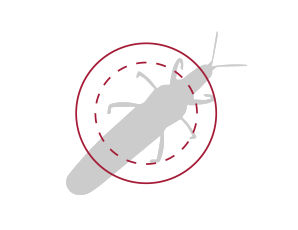
A COMMON ENEMY
While thrips species are tiny, slender insects, they can be a big challenge for cotton growers. Two of the most common species found in cotton fields are western flower thrips and tobacco thrips.
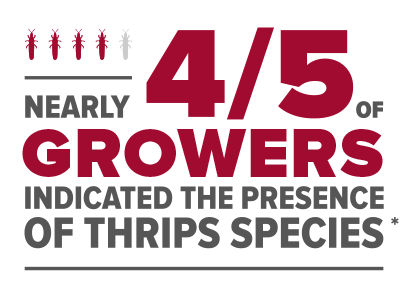
THRIPS SPECIES DAMAGE
Cotton plants are most vulnerable to injury from thrips species from emergence to the third or fourth leaf stage.
Thrips species do their damage by feeding on the terminal tissues with piercing-sucking mouthparts. These mouthparts allow them to pierce a hole in a leaf cell and suck the fluids.
Feeding by thrips species results in:
- Distortion
- Malformation and tearing of seedling leaves
- Reduced leaf area and plant height
- Reduced root growth
- Injury to or death of the apical meristem
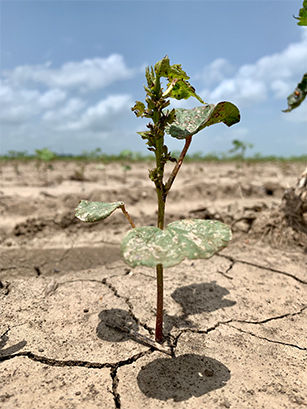
CURRENT TREATMENT
Currently, cotton growers rely on foliar insecticide treatments to combat thrips species. If thrips species numbers reach one per plant on seedling cotton with immatures present, foliar insecticide treatments are recommended.
There are factors that can affect insecticide performance. Rainfall can impact water solubility needed for foliar insecticides to work — too much water will cause them to be washed out of the root zone. Variables like these should be considered when applying foliar insecticide treatments.
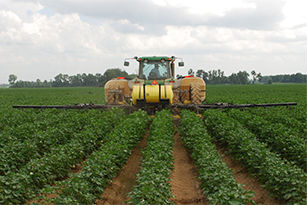
CONSISTENT PROTECTION WITH THRYVON™ TECHNOLOGY
When it comes to combating thrips species, pressure can vary, weather can change quickly, and foliar treatments can disrupt beneficial insects. But with ThryvOn Technology, growers will have access to the industry’s first biotech trait that will provide built-in protection against thrips species** and may help reduce the need for some insecticide applications.
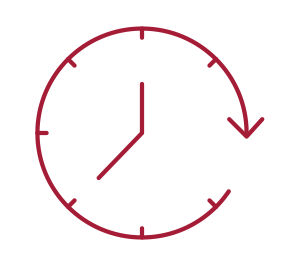

FIND OUT MORE ABOUT THRYVON™ TECHNOLOGY
*Survey results of 231 farmers who planted 150+ acres of cotton in Delta (Mid-South), Southeast, West Texas and East Texas in 2019.
**ThryvOn™ Technology may help reduce insecticide applications for tarnished plant bugs and thrips species (tobacco thrips (Frankliniella fusca); Western flower thrips (Frankliniella occidentalis); tarnished plant bug (Lygus lineolaris); and the Western Tarnished Plant bug (Lygus Hesperus)). Scouting is critical to determine which and how many insecticide applications are recommended to avoid economic losses greater than the pest management costs (i.e., when economic thresholds are met).